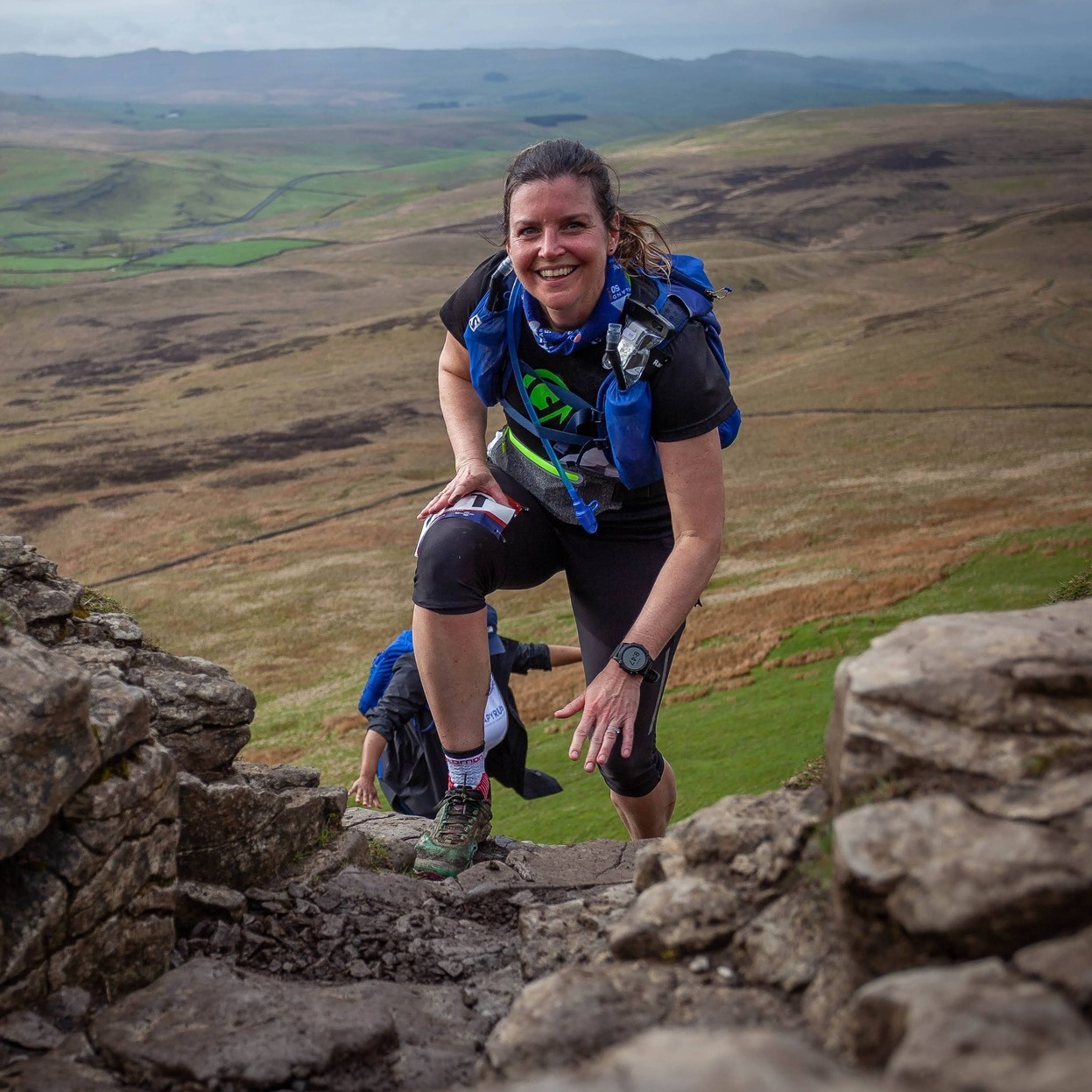Ultra runners are a different breed of runners. We crave long distances and challenging terrain, seeking the thrill of pushing our mind and body beyond its limits.
For most ultra runners, the trail and route that you choose to run can either make or break the overall experience. Selecting the right trails and routes is not as easy as it seems – not all routes are ideal for ultra running. In this guide, we will go over how to pick trails and routes ideal for ultra runners and long distance training runs.

Consider the Terrain
Terrain is one of the most critical factors to consider when selecting a trail for ultra running. The terrain plays a vital role in determining the difficulty of the run. When selecting a course, you should determine if you are dealing with an uphill, downhill, or flat course. Hills and rough terrains always make running the distance more challenging, but you don’t want the terrain to be too challenging that it becomes a deterrent.
“Trail running for me is all about the challenge. I love setting myself both physical and mental challenges, either by increasing the distance or trying to push myself further, both in training and races.
…having the option of different distances and varying terrains for trail running is amazing. A 100-mile race on the road is going to look very different to the training that you do for a 100-mile mountain race, and for me that difference and that challenge is so exciting.”
Tom Evans
Distance and Elevation
The distance and elevation gain of the route depend on your level of fitness. Your experience in ultra running will also play a role in determining the ideal distance and elevation. Typically, ultra runners go for long distances, so routes with a minimum of 50km would be ideal. Additionally, the elevation gain should be a factor you should consider when selecting a route. When selecting your route, you should choose a climb that won’t take too much out of you and saves your energy for the rest of the run.
Weather and Season
Weather plays an important role in choosing the ideal trail. Weather can determine your pace, difficulty, and require different gears and nutrition. If you’re running over during wet seasons, you should prepare for mud, litters, and wet conditions that can make running more challenging. On the other hand, dry seasons come with scorching temperatures during the day. Therefore heat exhaustion and dehydration are factors you need to consider and prepare for when running routes.
“I fought 12 rounds with the snow, and the snow won,” Herron wrote on social media. “I got through the snow better than in the past, but I’m battered and bruised (but not injured)…
Running through snow isn’t my forte and feels like kryptonite to my unique gait. It doesn’t suit my strength as a pure Ultrarunner, and that’s OK.”
Camille Herron in the Western States ultramarathon
Type of Course
The type of race course you are on can determine your pace, distance, and overall running experience. Typically courses and trails have varying terrain, elevation, and surface. Additionally, the route’s technicality plays a role, does it have singletrack, technical terrain or roads? In selecting a route, keep in mind your running experience and degree of skill level. You can pick courses that have technical terrains or trails that are more forgiving, with gradual elevation gain and loss.
Scenery
Scenery can make or break your overall experience. Running through scenic and beautiful trails and routes can inspire you and make the long distances exciting. Helping to keep your mind engaged, and keep you moving through. Therefore, as you select your routes, select visually pleasing routes that make your run more enjoyable.
Overall, picking the right trails and routes play a considerable role in your overall ultra running experience. The ideal trail should be selected based on your fitness level, terrain, distance, weather, type of course and scenery.
You should focus on selecting routes and trails that challenge you but don’t break your spirit!
So our best advice is to test different trails and find one that resonates with you.
Why not check out the outdoor running apparel from SOAR Running featured here.